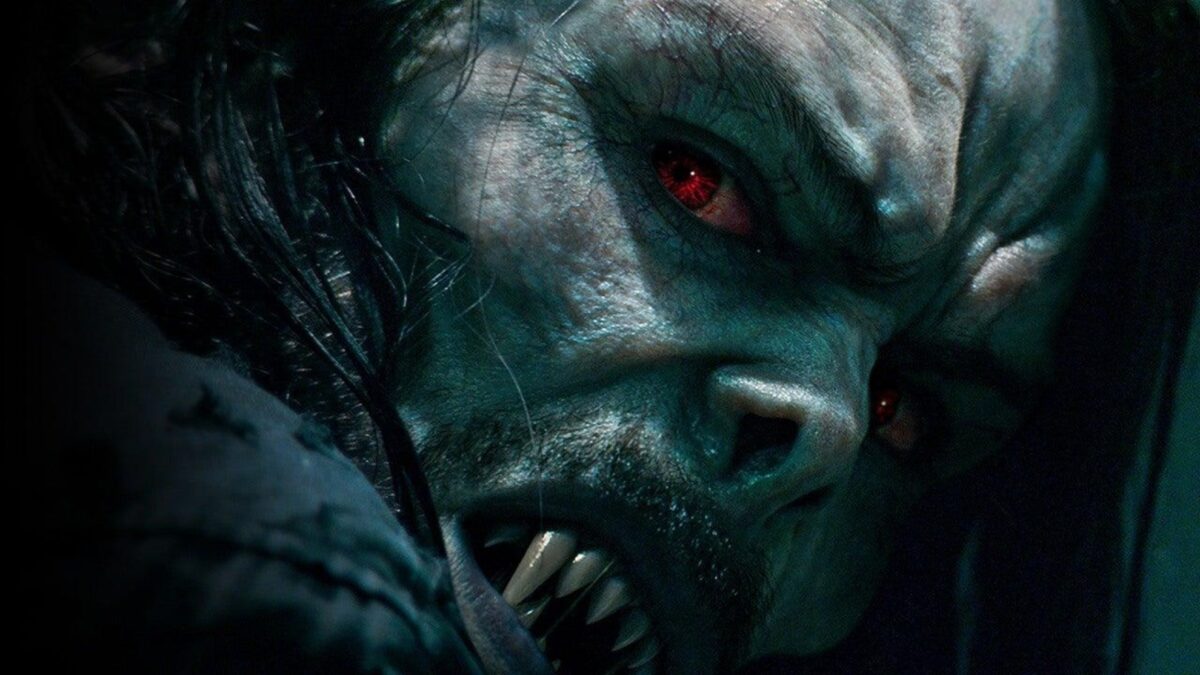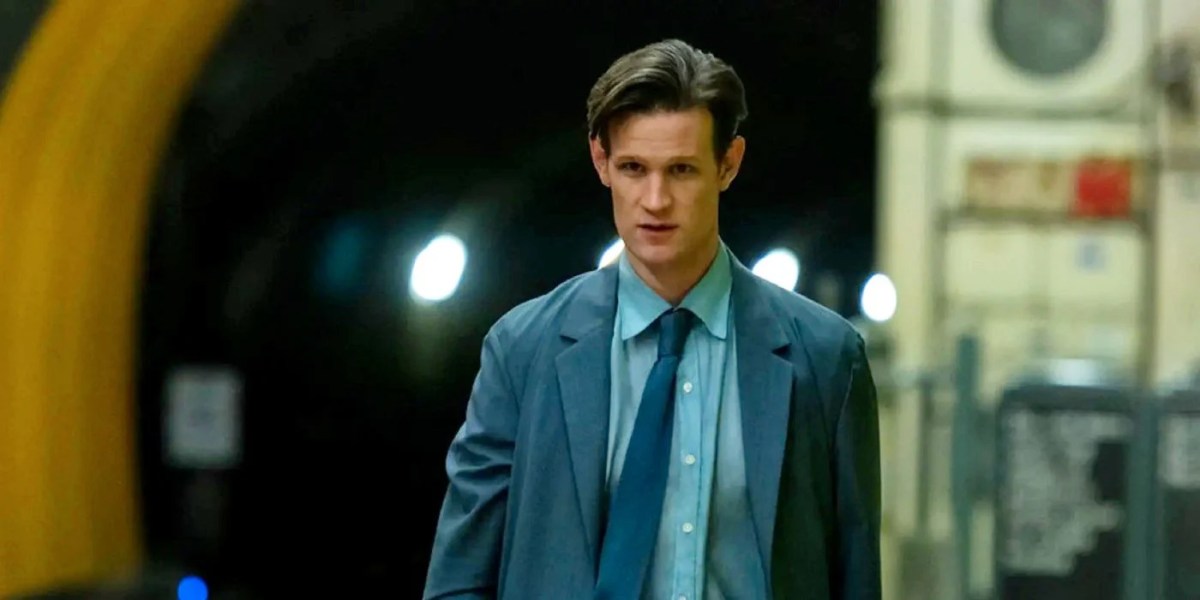What the ‘Morbius’ Ending Means for Sony’s Spider-Man Universe (and the MCU)

Morbius made its underwhelming appearance in theaters on April 1st, 2022. The long-delayed movie left much to be desired, as it proved to be a tale that didn’t really need to be told. And Morbius‘ ending is a very, very clumsy attempt to tie up a jumbled film plot. A large portion of the ending is taken up by a confusing CGI fight scene and then abruptly ends with only vague hints as to what actually happened.
However, with that being said, Morbius is still part of Sony’s Spider-Man Universe (SSU), and could even potentially be part of the Marvel Cinematic Universe (MCU), too, someday. Hence, while Morbius‘ ending falls flat for its own film, it still holds connotations for the wider SSU. So, if you got a little lost at the end, or are curious as to what Morbius means for the SSU future, here are the ending and credit scenes explained. Obviously…spoilers ahead.
How does Morbius end?
Morbius follows the story of Dr. Michael Morbius (Jared Leto), a man suffering from a rare blood disease. In search of a cure, he splices his genes with those of a vampire bat. While he is a cured from his disease, he finds he has turned himself into something else entirely. Morbius now finds himself with superhuman strength, super speed, flight, and accelerated hearing. However, he also finds himself with an insatiable lust for blood and a fearful monster inside of him trying to break free.
Morbius’ childhood friend, Milo (Matt Smith), suffers from the same blood disease as Morbius. Despite Morbius’ warnings, Milo takes the cure, too. However, instead of trying to control his urges, he lets the monster inside take control and sets off on a bloodthirsty killing spree. Now, it is up to Morbius and his co-worker and love interest, Martine Bancroft (Adria Arjona), to stop Milo.
To do so, Morbius develops a poison that will stop and kill Milo. He develops two doses, planning to kill Milo and to use the second on himself. However, the plan becomes muddled when Morbius is lured away and Milo attacks Bancroft. When Morbius makes it back to her, the two kiss, and Bancroft dies. Morbius then gives into his bloodlust and drinks her blood. Then, he sets off after Milo, with the two partaking in a blurry, fast-paced fight. In the end, Morbius, with the aid of vampire bats, prevails and kills Milo with the poison. However, Morbius doesn’t use the poison on himself and flies away with his bats.
Meanwhile, Bancroft is revived, unbeknownst to Morbius, with her own vampire powers.
Morbius‘ ending, explained

Bancroft’s awakening (and new vampire identity) certainly created an unexpected cliffhanger. However, the film fails to explain exactly how she became a vampire. Since Milo wounded her, but didn’t actually kill her, perhaps she was infected by his vampirism. However, she also bites Morbius’ lip before she dies, tasting his blood, too. Hence, she was either infected by Milo or Morbius—and became a vampire instead of dying like their other victims. While it isn’t explained well enough, it does suggest another potential storyline (now that we know others can be infected with the vampire gene).
Meanwhile, Morbius doesn’t use the serum on himself, which is pretty predictable. However, the use of his vampire bats is an interesting aspect. The fact that they follow Morbius and attack Milo, shows that they accepted Morbius, but not Milo. Morbius is more in tune with his vampire bat identity, despite Milo being the one to embrace his bloodlust. Of course, again, this ability to control bats wasn’t really explained, but it’s an interesting twist and shows how Morbius can live in harmony with his human/bat identity.
To summarize, Morbius ends with Milo dying, Bancroft coming back to life as a vampire, and Morbius deciding to embrace his identity and flying away to… somewhere. After Morbius‘ poor performance, it is unlikely we’ll get a Morbius 2, but the ending does leave the door open to further development, with two vampires still on the loose.
Morbius‘ post-credit scene explained
Morbius‘ post-credit scene is just about as confusing as the film’s ending. Essentially, Michael Keaton’s Adrian Tomes/Vulture from Spider-Man: Homecoming, is somehow transported to Morbius‘ world. He manifests out of thin air inside of an empty prison cell. However, in Morbius‘ world, Tomes doesn’t have a criminal record, so he is set free. Tomes and Morbius then meet up and Tomes suggests they form a team, thus, teasing the formation of the Sinister Six.
Again, we don’t really know the why or how of this ending. It is insinuated that Tomes’ transportation is part of the multiverse mishap from Spider-Man: No Way Home. However, how that multiverse mishap resulted in Tomes being randomly transported to a different world, and not brought back, is a total mystery. The only real reason for the end scene was to tease the Sinister Six, which is a team-up of SSU villains that may include Morbius, Tomes, Venom, and perhaps Kraven or Madame Web. Other than that, it’s really just a feeble attempt to excite viewers by slapping on an MCU reference.
(featured image: Sony Pictures)
Have a tip we should know? [email protected]